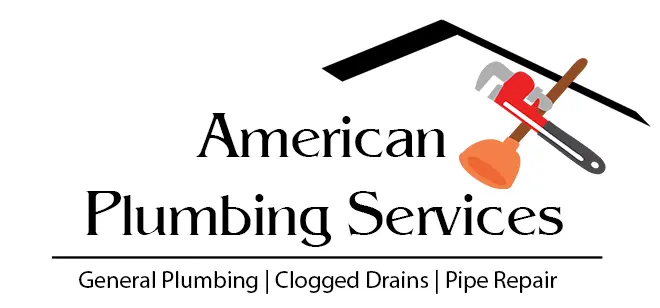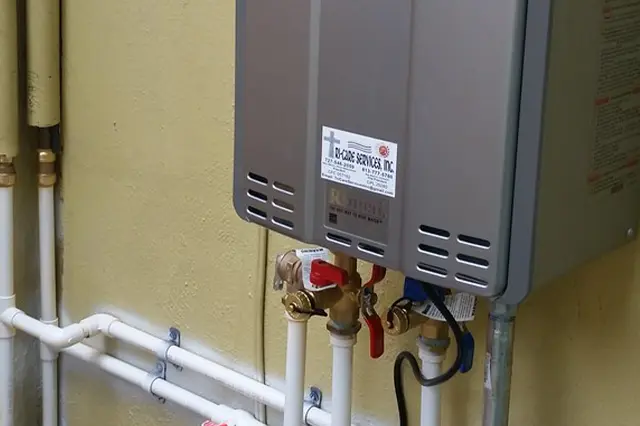
10 Tips For A Successful Tankless Water Heater Installation
Tankless water heaters are quickly becoming a popular choice for homeowners because of their many benefits. Not only do they save you on fuel costs, but they also help you reduce your carbon footprint. Installation can be a bit daunting, but with a few tips, it’s easy to get started. In this blog post, we’ll provide 10 tips for a successful tankless water heater installation.
Preparing Your Home for a Tankless Water Heater
If you’re considering a tankless water heater installation in your home, there are a few things you’ll need to do before hand. Preparing your home for the new heating system will help ensure a successful installation.
1. Clear any obstructions from the water heater’s intake and plumbing lines. This includes anything that could get in the way of the water flow, like large plants or furniture.
2. Make sure all electrical wiring is properly insulated and protected against hot wires touching each other.
3. Remove any flammable or combustible materials from around the water heater, including curtains, furniture, and appliances.
4. Clean surfaces that will come in contact with water, like shower walls and floors. This will help reduce the chances of mold growing in the area after installation is complete.
5. Test the temperature of your water before beginning the installation process by filling a bathtub with cold water and turning on the faucet near the tub’s drainpipe. If it takes longer than 10 minutes for the water to reach a comfortable temperature, there may be an issue with your plumbing line or heating system that needs to be addressed first.
6. Have a licensed contractor install your new tankless water heater. This will ensure the safety of both you and the contractor during the installation process.
7. Enjoy your new tankless water heater!
Choosing the Right Tankless Water Heater for Your Home
When it comes to selecting the perfect tankless water heater for your home, there are a few things you need to take into account. There are a number of different types and sizes of tankless water heaters on the market, so it can be tough to decide which one is right for you.
Size Matters
The first thing you need to decide is the size of tankless water heater you want. There are small, medium, and large tankless water heaters available. Small tankless water heaters are good for single-family homes or smaller apartments, while medium and large tankless water heaters are better suited for larger homes.
Type Of Tankless Water Heater
After deciding on the size of your tankless water heater, you need to decide on the type of tankless water heater. There are electric tankless water heaters, gas tankless water heaters, and propane tankless water heaters. Electric tankless water heaters are the most popular type because they’re easy to use and maintain. Gas tanks less often require service than propane tanks do, but they can be more expensive than electric tanks. Propane tankless water heaters are cheaper than either electric or gas tanks but require regular fuel deliveries.
Features To Consider
When choosing a tankless water heater, you’ll want to consider the features that are important to you. Some features to consider include:
• How often do you need water heating? If you only need water heating occasionally, an electric tankless water heater may be the best option for you. If you need water heating more frequently, a gas or propane tankless water heater may be better.
• Is space in your home limited? If so, a smaller tankless water heater may be best for you.
• Do you want a unit that is easy to use? Electric and gas tankless water heaters are both easy to use. Propane tanks less so, but they’re still relatively easy to use.
• What type of installation do you want? Some tankless water heaters require no installation at all. Others require that an existing plumbing system be modified.
• How much money do you want to spend? There are a variety of different tankless water heaters available at different prices. You can find affordable units as well as more expensive units. However, don’t let price influence your decision too much – some of the more expensive units offer great features that you may want.
Once you’ve determined all of the factors that are important to you, it’s time to select a tankless water heater that meets your needs.
Installing a Tankless Water Heater
Tankless water heaters are a great choice for anyone looking to save energy and money on their heating bills. There are a few things you need to take into account when installing a tankless water heater, however, so that you get the best possible outcome.
Here are some tips to help make your installation go smoothly:
1. Choose the right type of tankless water heater: There are three main types of tankless water heaters available on the market: electric, gas, and propane. Each has its own unique pros and cons, so it’s important to choose the one that will work best for your needs.
2. Preparing the space: Before you begin installing your tankless water heater, make sure you have all the necessary materials ready. This includes an empty space in which to install the unit, screws, pipe fittings, and clamps.
3. Installing the tankless water heater: Once you’ve prepared your space, it’s time to install your tankless water heater! Start by screwing in the plumbing fittings according to instructions. Next, connect the hot and cold lines from your boiler or furnace onto the appropriate fitting on the unit. Finally, put in place any decorative pieces if desired.
Troubleshooting a Tankless Water Heater Installation
If you are having trouble with your new tankless water heater installation, here are some troubleshooting tips to help get things moving in the right direction.
1. Confirm that the water meter is reading correctly. The water meter should be read at least once a day when the heater is operating to ensure accurate billing. If there is a discrepancy between the meter reading and what your system is telling you, it may be a sign that there is a problem with the installation or readings on the meter.
Inspect all connections and hoses for leaks. Leaks can lead to decreased efficiency and possible damage to your system.
2. Check for any obstruction of the water flow from your plumbing systems into or out of your tankless water heater. An obstruction could be caused by flammable materials near the plumbing, roots growing over pipes, or clogged filters on faucets downstream from the heater. If an obstruction is found, have a professional plumber remove it before continuing with installation.
3. Verify that your tankless water heater has been properly installed according to manufacturer instructions and local codes/regulations. Improper assembly could cause malfunctions in your system including: incorrect sizing of parts, failure of valves or fittings, overheating, and flooding (due to lack of drainage).
4. Make sure that all vents and chimneys are clear of obstructions before starting up your tankless water heater; otherwise strong fumes may enter your home.
5. Check the water temperature after installation and every few days thereafter to ensure that it is staying within the manufacturer’s recommended operating range. If it falls outside of this range, call your installer for instructions on how to correct the issue.
6. Make sure that all appliances connected to your tankless water heater are properly shut off when not in use. This includes ovens, dryers, dishwashers, and other appliances that draw water from your system.
7. If you are experiencing problems with your tankless water heater, contact your installer immediately. Continued use of the system while problems persist may result in further damage and could void your warranty.
If you are still experiencing problems after following these troubleshooting tips, please contact a professional installer.
Conclusion
If you’re considering installing a tankless water heater in your home, these tips will help make the process as successful as possible. By following these guidelines, you’ll ensure that your new tankless water heater is reliable and efficient, reducing your energy costs in the long run. Thanks for reading!
